Buying a good pair of headphones in a sea of options can be quite overwhelming. There are so many things to consider, from fit and finish to size and style. But what matters the most at the end of the day is how they actually sound and whether they are worth their price.
But how do you know which headphone sounds better without actually using it? That's where headphone drivers come in—the components responsible for the sound you hear. While it's impossible to fully judge a headphone's sound without listening to it, knowing which type of driver it houses can provide some useful insight.
What Is a Headphone Driver?
Before we jump to the types of headphone drivers, let's first take a glance at how they work. A headphone driver is the physical electric component that creates the sound you hear. It's like a tiny loudspeaker present in both the shells of your headphones.
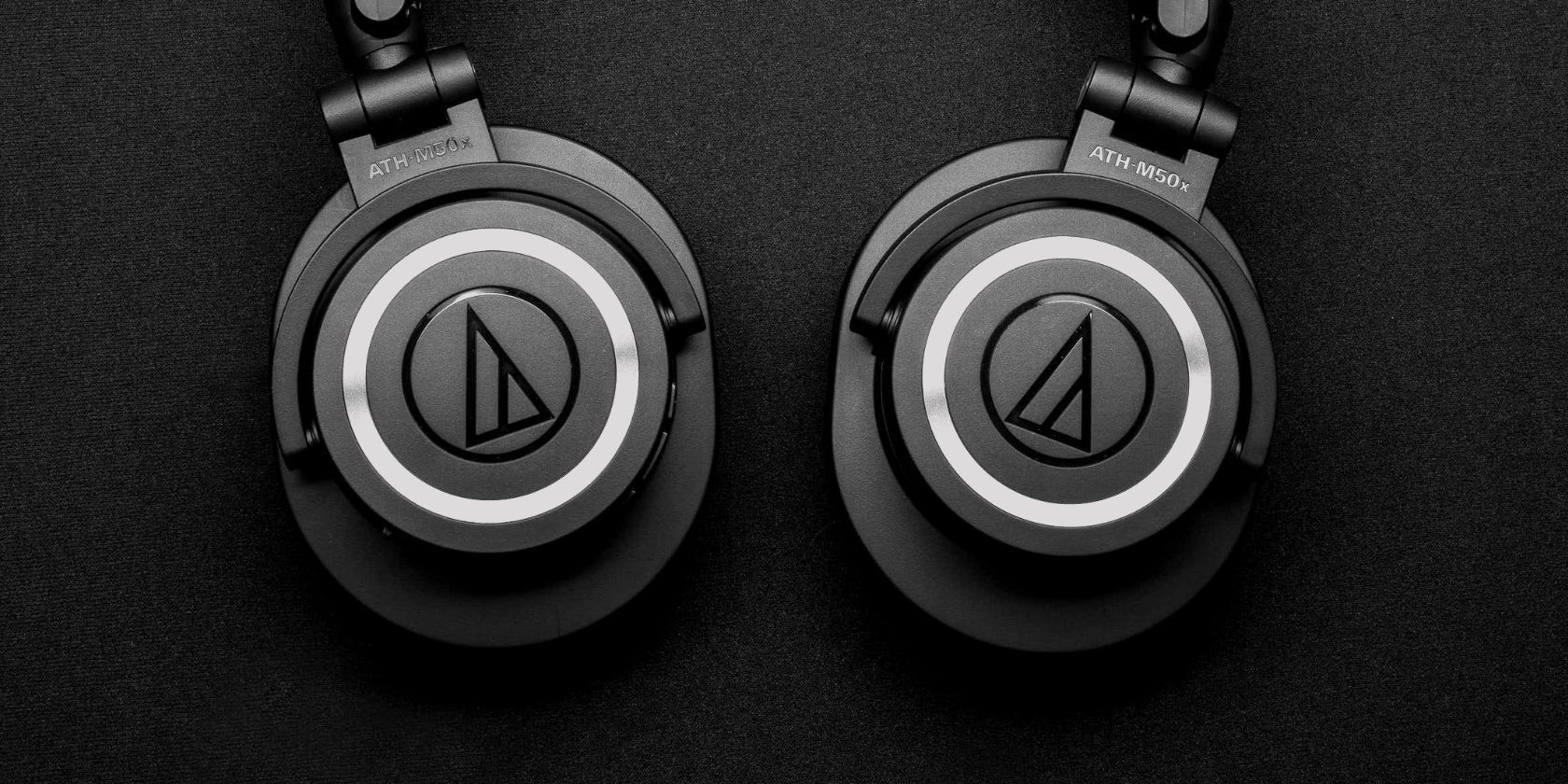
Say you plug in your headphones and play a song on Spotify. First, your device converts the digital track into analog electrical signals. Then, your headphones transduce these electrical signals into audible sound waves by vibrating a thin film inside the drivers called a diaphragm.
In the case of wireless headphones, the audio output converts the electrical signals into radio waves. Your headphones then pick up these radio waves and transduce them back into electrical signals. The headphone drivers take it from there, as mentioned above.
Depending on how this conversion is done, headphone drivers vary.
Types of Headphone Drivers and How They Work
There are six types of headphone drivers in total. Each of them uses different mechanisms to convert electrical signals into sound waves. The quality of sound produced and the cost depends on the material and mechanism these drivers use.
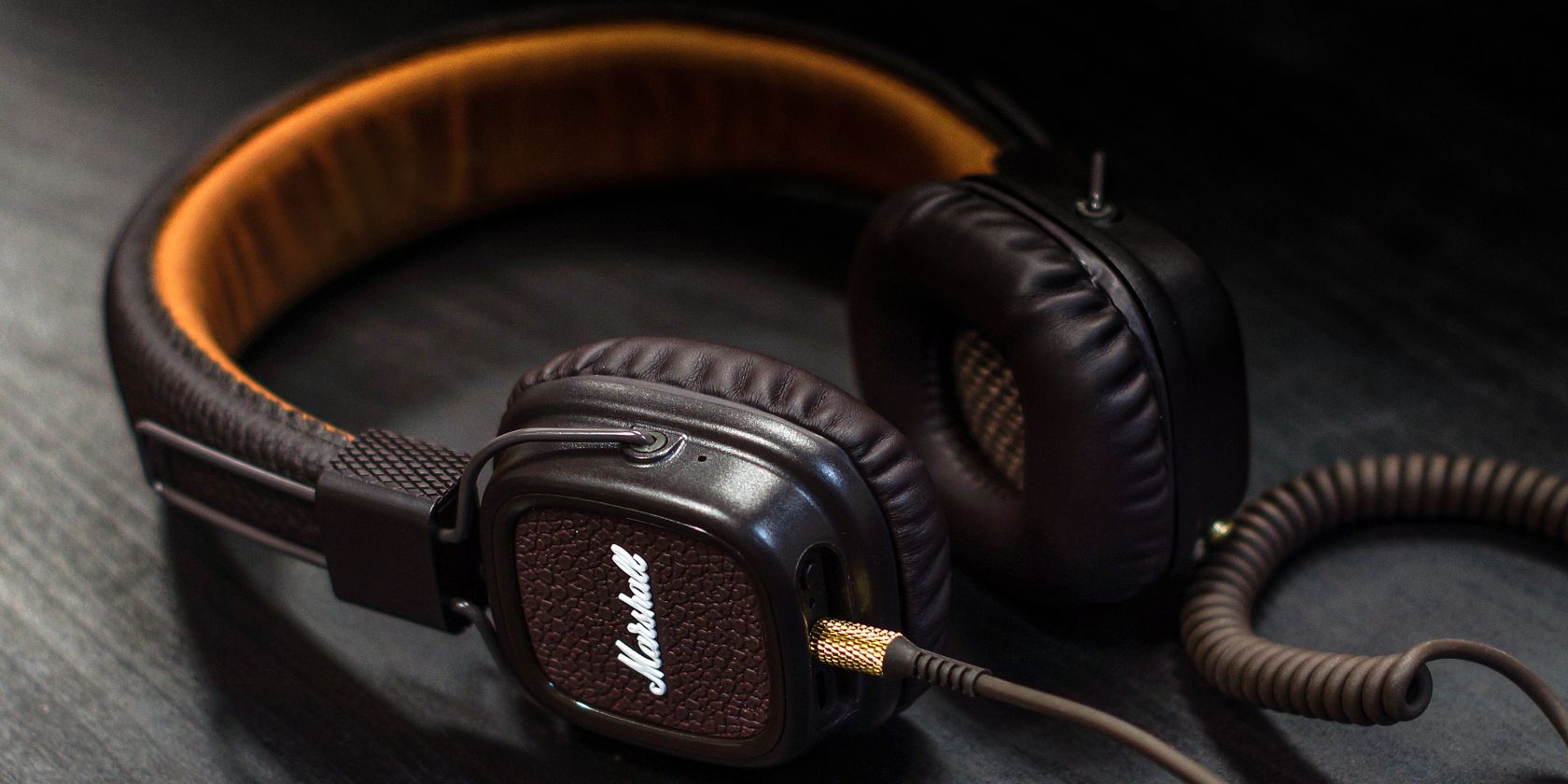
1. Dynamic or Moving Coil
Dynamic drivers have three main components: a magnet, a voice coil, and a diaphragm. A voice coil is a copper coil that conducts electrical signals. The electrically charged coil interacts with the magnetic field of the magnet to produce an electromagnetic field.
Depending on the audio played, the voice coil vibrates and, along with it, the diaphragm. This rapid movement causes air displacement, which produces sound waves—the greater the air displaced, the louder the sound generated.
Dynamic drivers are the most common type of headphone drivers and can be found in In-Ear Monitor earphones (IEMs), earbuds, and headphones. They need less energy and amplification to work, making them cost-effective. Dynamic drivers are best at producing loud bass with a dark or warm sound signature.
If you fancy EDM or hip-hop, headphones with dynamic drivers will serve you well. But the downside is they tend to sound distorted at higher volumes and do not represent higher frequencies well. That said, a high-quality and well-engineered dynamic driver can still sound impressive no matter what you're playing.
2. Balanced Armature
Balanced armature drivers use a mechanism that suspends a metal "arm" inside a coil. This duo is perfectly balanced between two magnets, and the diaphragm is attached to the arm. When electrical signals flow through the coil, the arm acts as an electromagnet and repels and attracts against the two magnets.
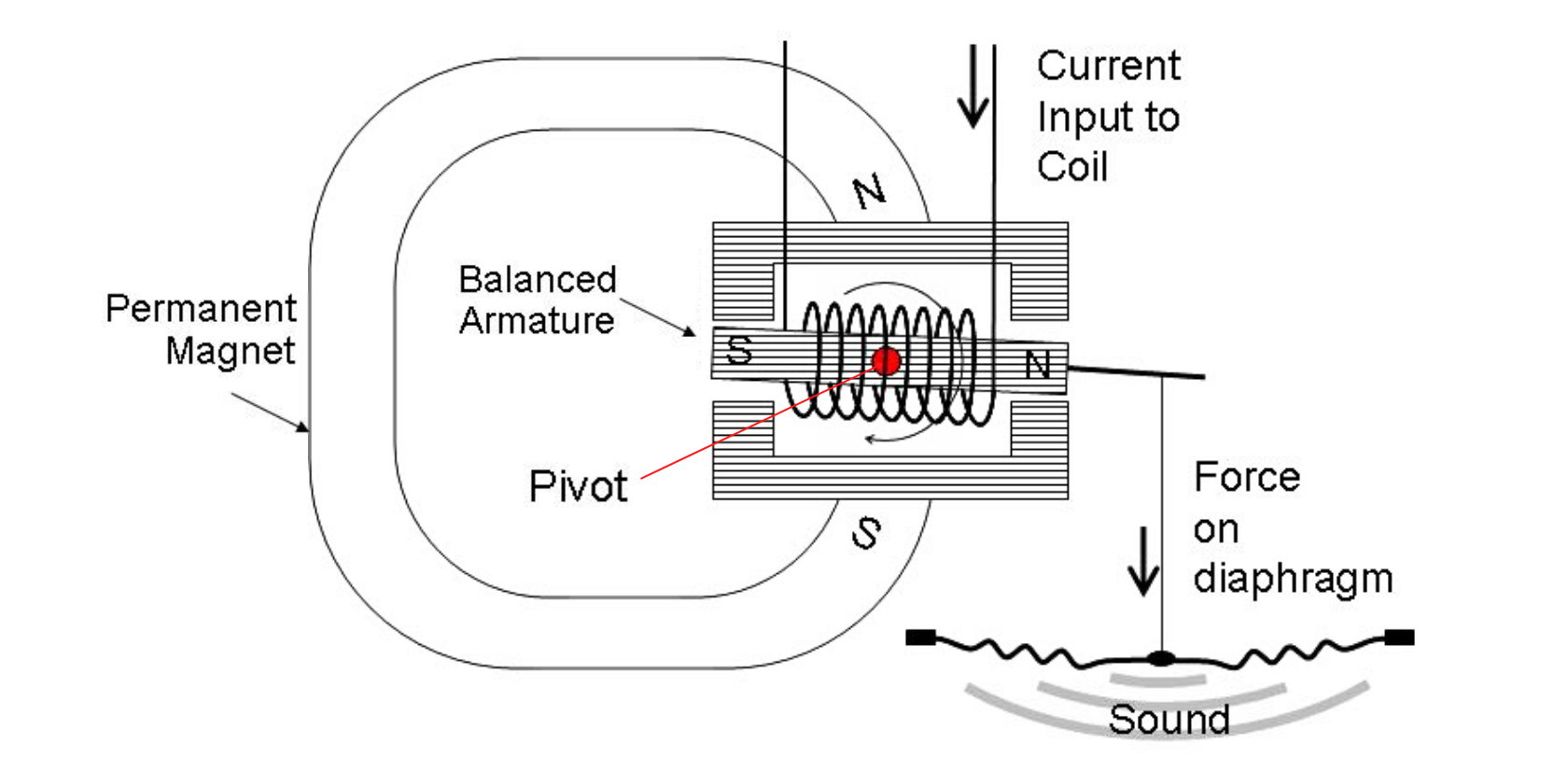
This movement in the arm causes the diaphragm to vibrate, producing sound waves. However, it is important to note that these drivers do not displace air, so they don't have a strong bass.
Compared to dynamic drivers, balanced armature drivers are small and can handle high frequencies better. In fact, they were originally designed for hearing aids but soon made their place in the audio industry, given their obvious plus points. They are now used largely in IEMs.
Due to their complicated mechanism, they cost more than dynamic drivers. But if you are someone who listens to music attentively and demands tons of clarity and detail, you'll love them.
3. Planar Magnetic
Planar magnetic drivers use a similar mechanism to dynamic drivers, but instead of magnetizing the voice coil, a coil-attached disc-shaped diaphragm is magnetized. The disc-shaped diaphragm is placed between magnets, and when electrical signals pass through it, the diaphragm starts moving inside the magnetic fields.
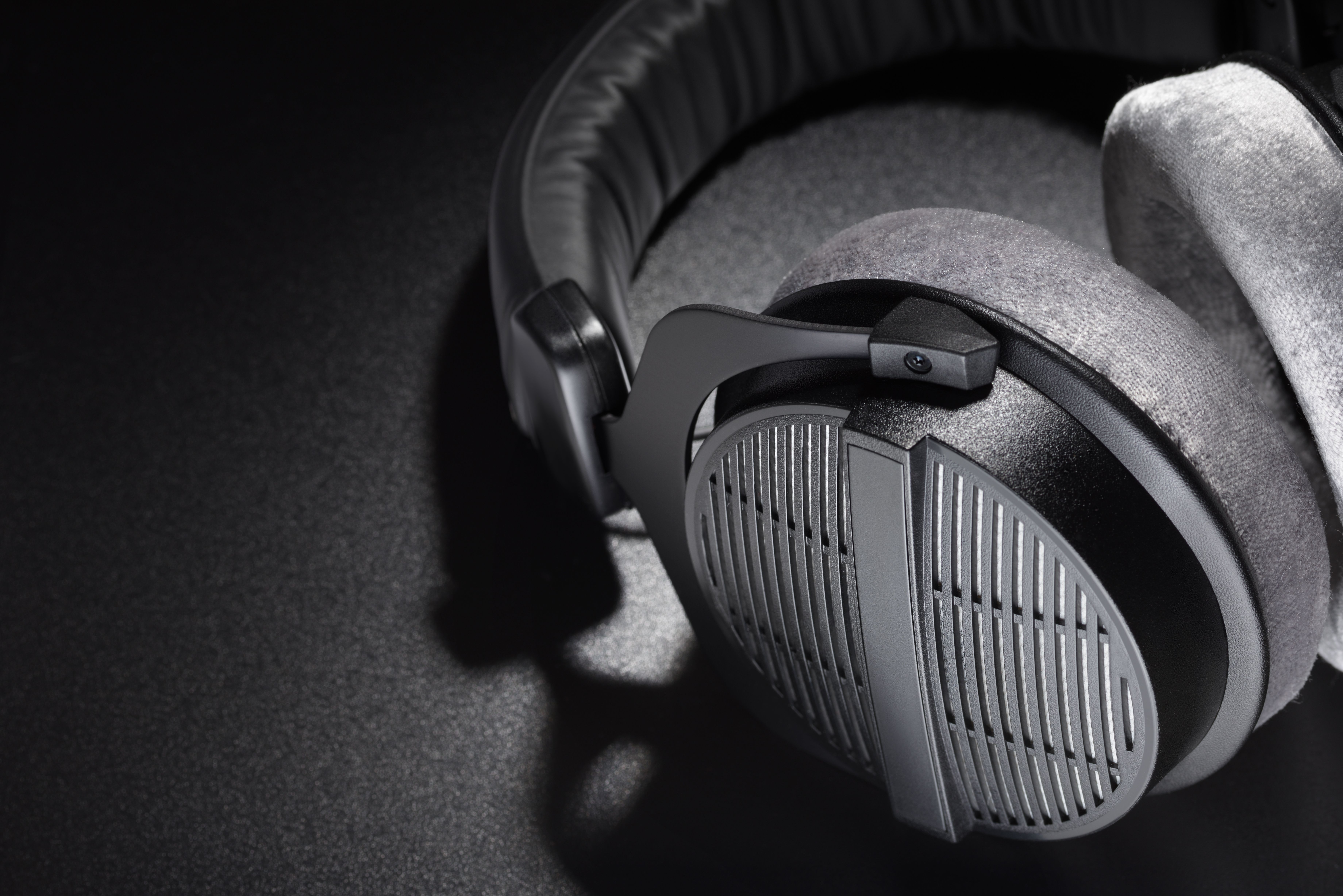
This attraction and repulsion of the diaphragm cause air displacement, producing sound waves. These drivers need more or strong magnets to evenly magnetize the diaphragm, making planar magnetic headphones bulky, expensive, and better for home use.
Planar drivers use large magnets and displace more air, producing a thumpy and accurate bass compared to dynamic drivers. Due to the flat diaphragm, there is less distortion, and they also perform better at high frequencies, making them a better pick than dynamic drivers if you're willing to pay a little more.
4. Electrostatic
Electrostatic drivers use a different mechanism than the ones we have seen so far. An electrostatic driver has two metal plates with tiny gaps for air and a diaphragm or membrane. The diaphragm is placed between these metal plates.
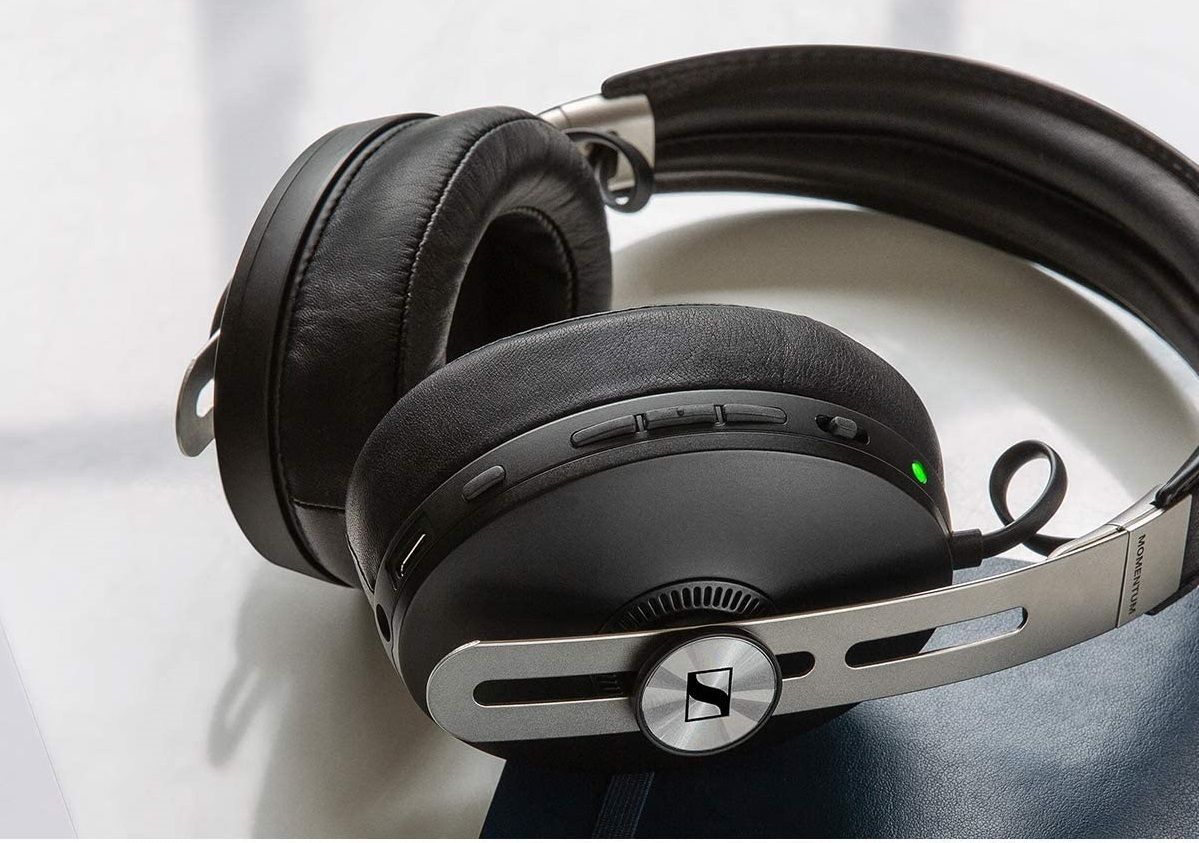
When electrical signals pass through the metal plates, their charge keeps alternating between positive and negative. According to this, the diaphragm moves to and fro between the metal plates. This causes air displacement, which produces sound. As there is no movement of metal surfaces, there is less distortion.
Electrostatic drivers produce more natural and realistic sounds than any other driver, making them a favorite of audio purists. However, these drivers require heavy amplification, which makes them quite expensive.
5. Magnetostriction or Bone Conduction
All the drivers we have seen so far vibrate a diaphragm to produce soundwaves that travel through your eardrums. But bone conduction drivers vibrate your temporal bones—the bones just above your ears—to send the vibration to your inner ear, completely removing the eardrums from the equation.
Bone conduction drivers use the piezoelectric property of bones, which allows vibrations to pass through them. A major advantage of these drivers is that they can be used by people who have middle-ear hearing difficulties—this is why they are also used in hearing aids.

As bone conduction headphones don't block your ears, you will still be able to hear your surroundings. This makes them convenient to use in situations where you might want to be aware of the surroundings. For instance, you don't need to pause or remove your headphones when you're in traffic, as you can still hear everything around you.
These are also used in military communications to receive commands without losing situational awareness. However, they don't stand a chance against conventional drivers in terms of sound quality.
6. Hybrid
Since some drivers don't handle specific frequencies well, using just one type of driver might not cut it. This is where hybrid drivers come in. Headphones with two or more types of drivers are said to have a hybrid driver setup; they are better able to produce clear sound as they rectify the inadequacies of one type of driver with another.
Which Headphone Drivers Should You Choose?

While picking a pair of headphones, sound quality should be the ideal deciding factor. However, there are other things to consider, like cost and availability. Dynamic drivers are an affordable option if you need a pair of decent-sounding headphones.
And if you are an audiophile and admire realistic sounds and budget is not an issue, then electrostatic headphones are the best of all. But if you want to enjoy better sounds without spending much, then planar magnetic, balanced armature, and hybrid headphones are your best bet.